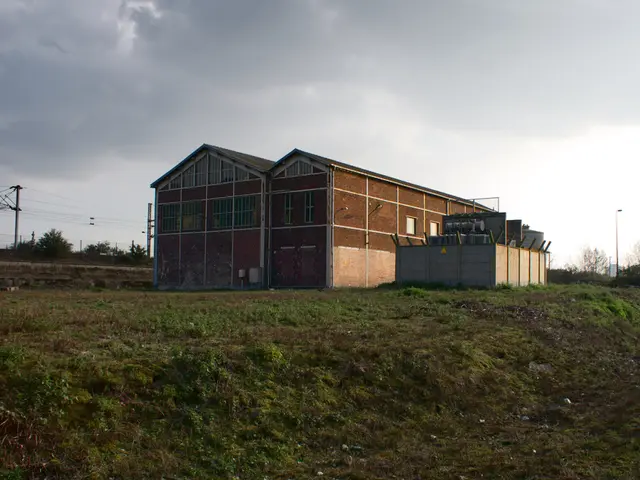Top Locales with Maximum and Minimum Social Security Coverage for Living Costs
A new study has revealed the metropolitan areas where Social Security benefits cover the highest percentage of retirees' spending. The top 10 metro areas where Social Security benefits cover more than 30% of retirees' spending are listed below.
- McAllen, Texas - Social Security covers approximately 34.6% of retiree spending in this city.
- Buffalo, New York - Social Security covers about 32.1% of retiree spending in Buffalo.
- El Paso, Texas - Social Security covers more than 30.6% of retiree spending in El Paso.
- Syracuse, New York - Social Security covers more than 30.3% of retiree spending in Syracuse.
- Scranton, Pennsylvania - Social Security covers more than 30.2% of retiree spending in Scranton.
- Wichita, Kansas - Social Security covers more than 30.1% of retiree spending in Wichita.
- Augusta, Georgia - Social Security covers more than 30.0% of retiree spending in Augusta.
- Tucson, Arizona - Social Security covers more than 30.0% of retiree spending in Tucson.
- Little Rock, Arkansas - Social Security covers more than 30.0% of retiree spending in Little Rock.
- Tulsa, Oklahoma - Social Security covers more than 30.1% of retiree spending in Tulsa.
These metro areas are noted for having the highest percentage of typical retiree expenses covered by Social Security, significantly above the national average of 30%. Other cities with Social Security covering just over 30% but less than McAllen’s 34.6% include Milwaukee, Indianapolis, Las Vegas, Detroit, Des Moines, Louisville, Cleveland, and Detroit.
The variation in coverage is due largely to differences in local cost of living, housing costs, and tax policies, which affect how far Social Security benefits stretch in different metro areas.
In California, eight out of the ten places where Social Security covers the lowest percentage of retirees' spending are located. For example, San Diego, Los Angeles, and San Francisco have the sixth, second, and lowest percentages, respectively. In contrast, McAllen has a cost of living 17.6% below the national average, making it the only metro area on the list where Social Security benefits will cover more than a third of retirement spending.
For those considering retirement, it's essential to consider the cost of living and tax policies in different metro areas to ensure Social Security benefits stretch as far as possible. Tulsa, Oklahoma, for example, has a low cost of living and a low unemployment rate of 2.9%, making it an attractive option for retirees. With careful planning, it's possible to retire happily with $33,000 in a 401(k) if you have more modest needs.
In summary, McAllen, Texas leads the list well above 30%, followed by a group of mostly mid-sized cities primarily in Texas, New York, Kansas, and the South where Social Security covers a significant share of retirees' average spending.
Personal-finance planning significantly matters for retirees, especially when considering where to settle. In metro areas where Social Security benefits stretch further, personal-finance concerns may be alleviated. Tulsa, Oklahoma, for instance, offers a low cost of living and low unemployment rate, making it an attractive option for retirees aiming to maximize their Social Security benefits in personal-finance management.






